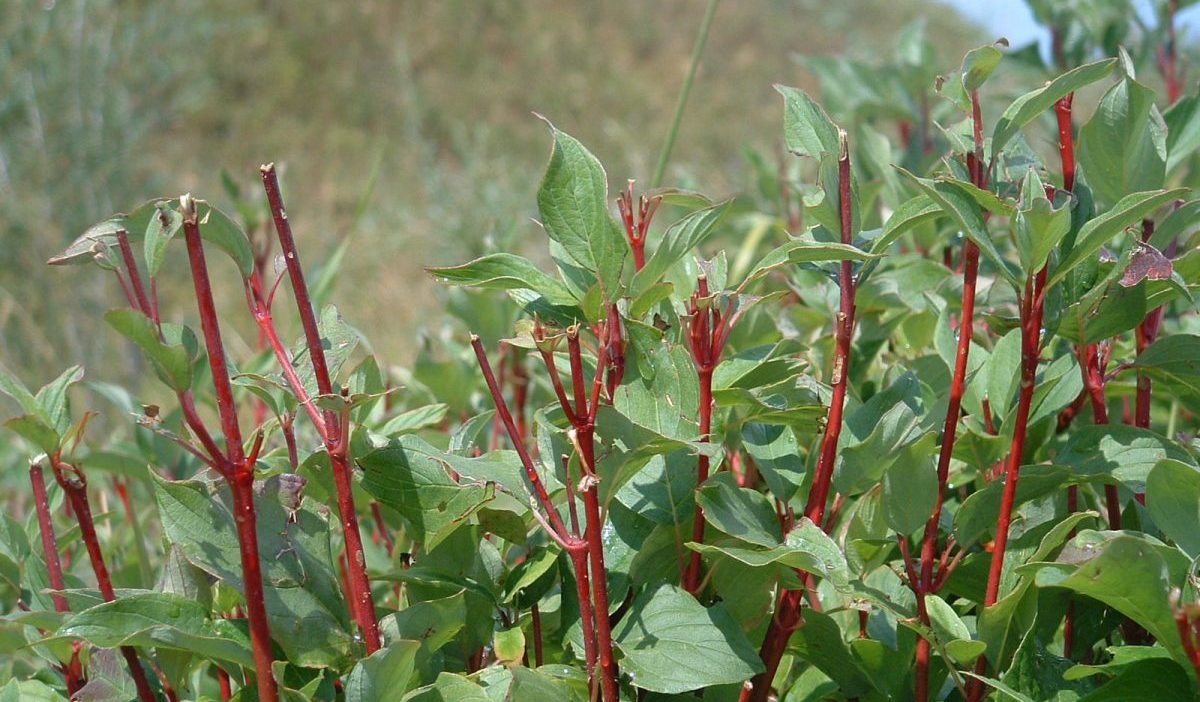AB Direct - Steers
Rail: 495.00-500.00
AB Direct - Heifers
Rail: 495.00-500.00
US Trade- Steers
Rail: 370.00-372.00 (NE/IA) Thursday
US Trade - Heifers
Rail: 370.00-372.00 (NE/IA) Thursday
Canadian Dollar
0.14

Springtime vulnerability in riparian areas
By Tonya Lwiwski, Riparian Specialist at Cows and Fish
Springtime. Returning birdsong marks the morning hours, the lengthening daylight and the melting snow are all welcome signs of the end of winter. While this season of rejuvenation makes us want to get outside, spring is also a sensitive time for riparian areas. Before turning those cows out to fresh pasture, or getting out on that early-season hike, here are a few things to consider:
Mind the mud

Riparian soils become susceptible to compaction during wet seasons, such as in spring. Soils act as a sponge, absorbing water and holding it within the soil, allowing infiltration into the shallow groundwater system. As the spring brings warmer weather, snowmelt finds its way into the warming soils, creating these saturated conditions. Soil compaction such as trailing, rutting, and pugging (deep hoof or foot prints) and hummocking (raised mounds of soil resulting from hoof or foot traffic) during these wet periods often leave a mark on the landscape that lasts long beyond the wetness of the soils. Compaction reduces the soil’s ability to absorb water in the future, and the ability for plants to grow.
To decrease the chance of soil compaction in riparian areas, defer grazing in pastures with riparian zones until later in the summer when these soils have a chance to dry out, or incorporate temporary or permanent fencing to exclude livestock from these sensitive areas, while still allowing the use of adjacent uplands. Avoid using riparian areas for recreation, either with motorized vehicles, or even hiking, while soils are wet and sensitive.
Breaking dormancy
While many people feel more energized in the springtime, plants are also waking up from their season of slumber and these emerging plants are vulnerable early in the spring time. Before their leaves fully emerge, they rely only on energy stored in their roots for their early growth. If this new growth gets grazed off before they have had a chance to use their new leaves to create new energy (by way of photosynthesis), these plants have few stores left to create new leaves – and this will severely impact the growth of these plants and subsequent forage availability through the rest of the growing season. Roots are the plant’s battery. If you drain the battery by grazing too early, or with heavy grazing and no rest, the plants cannot rebound. This is true of both riparian and non-riparian plants.
Planning ahead for a fall supper
Late summer and fall can be another sensitive time for riparian plants. When grasses and broad-leaved plants have matured or dried off late in the growing season, often the woody vegetation – like shrubs and young trees – become more palatable to livestock. These important riparian plants become susceptible to being over-browsed during these times, and if this occurs long-term, can cause these woody communities to die out. Native woody plants like willows, red-osier dogwood, saskatoon, chokecherry, and native tree species like aspen and balsam poplar all play an important role in protecting and holding streambanks and shorelines in place with their deep-binding roots.
When we take the time to understand when and why riparian areas are most vulnerable and susceptible, we can take these periods into account in our use and management to ensure that our riparian areas will remain healthy and functional for years to come.
Read the full Spring 2023 Cows and Fish e-newsletter here.
